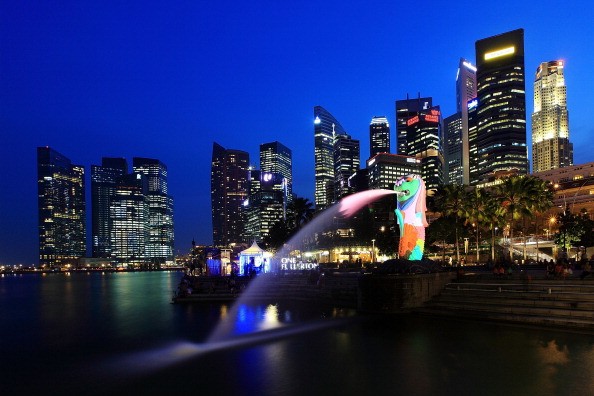Foreign investment in China's landmark Belt and Road Initiative (BRI) declined last year, according to official data, raising doubts about whether commercial enterprises are committed to a strategy for a Silk Road defined by modern geopolitics and profit-seeking.
The initiative, launched by President Xi Jinping in 2013, aims to connect China with Southeast and Central Asia, Asia, Africa and Europe through a network of roads, railways, ports and other infrastructure along the ancient Silk Road trade routes. Since then it has become a centerpiece of Chinese economic policy and the subject of a highly aggressive propaganda campaign.
According to data from China's commerce ministry, foreign direct investment (FDI) from China to countries identified as part of the BRI dropped 2 percent in 2016 year-over-year and fell an additional 18 percent in 2017. Non-financial FDI to 53 BRI countries totaled $14.5 billion last year, making up only 9 percent of overall outbound FDI.
The decline occurred despite a 40 percent jump in China's outbound FDI in 2016, during which overseas investment reached a record high, prompting regulators to clamp down on foreign deals in a bid to slow down capital outflow.
Xiao Yaqing, chairman of the State-owned Assets Supervision and Administration Commission, which oversees state-owned enterprises, attributed the slump to the size of the investments.
"Big investments, especially overseas, mean that the numbers might not rise every year," he said. "Let's not look at year-on-year growth but at the development of the investment and the projects themselves. Over the long term, I believe investment into BRI countries will rise."
The geographic distribution of BRI-linked FDI by country raises a cloud over the investment into infrastructure. Among the BRI-linked countries, Singapore, a high-income nation with a highly developed infrastructure, became the leading investment destination in 2016.
Xiao disclosed figures showing that 47 state-owned SOEs were involved in 1,676 projects in BRI countries.
Several Chinese banks and state-owned enterprises (SOEs) have also begun to complain that Beijing is pressuring them to undertake BRI projects that are deemed unprofitable.
"A lot of state-owned enterprises are stuck on this idea that 'the country is making me do it, and I don't want to do it,'" a recently retired senior executive at a large SOE told the Financial Times. "Well, do you want to be an SOE or don't you? Have you ever counted all the benefits you get from being an SOE?"
In addition to foreign investment, cross-border bank lending has also been a key component of the BRI. But loans outstanding from China Development Bank, the largest of China's three state-owned development lenders, dropped to $110 billion at the end of 2016, down from $111 billion from a year earlier, according to the bank's website.
Chinese experts have countered the published figures, saying that it does not paint a complete story.
Jia Jinjing, a researcher at Renmin University's Chongyang Institute for Financial Studies in Beijing, said that much of the outbound foreign investment passes through China through an intermediate country before reaching its final destination, thus making commerce data unreliable in gauging total BRI investment.
"We have to look at how many countries have signed BRI memoranda of agreement and how many heads of state or other important people and delegations will attend this summit," Jia sad. "This is the most important thing."



























